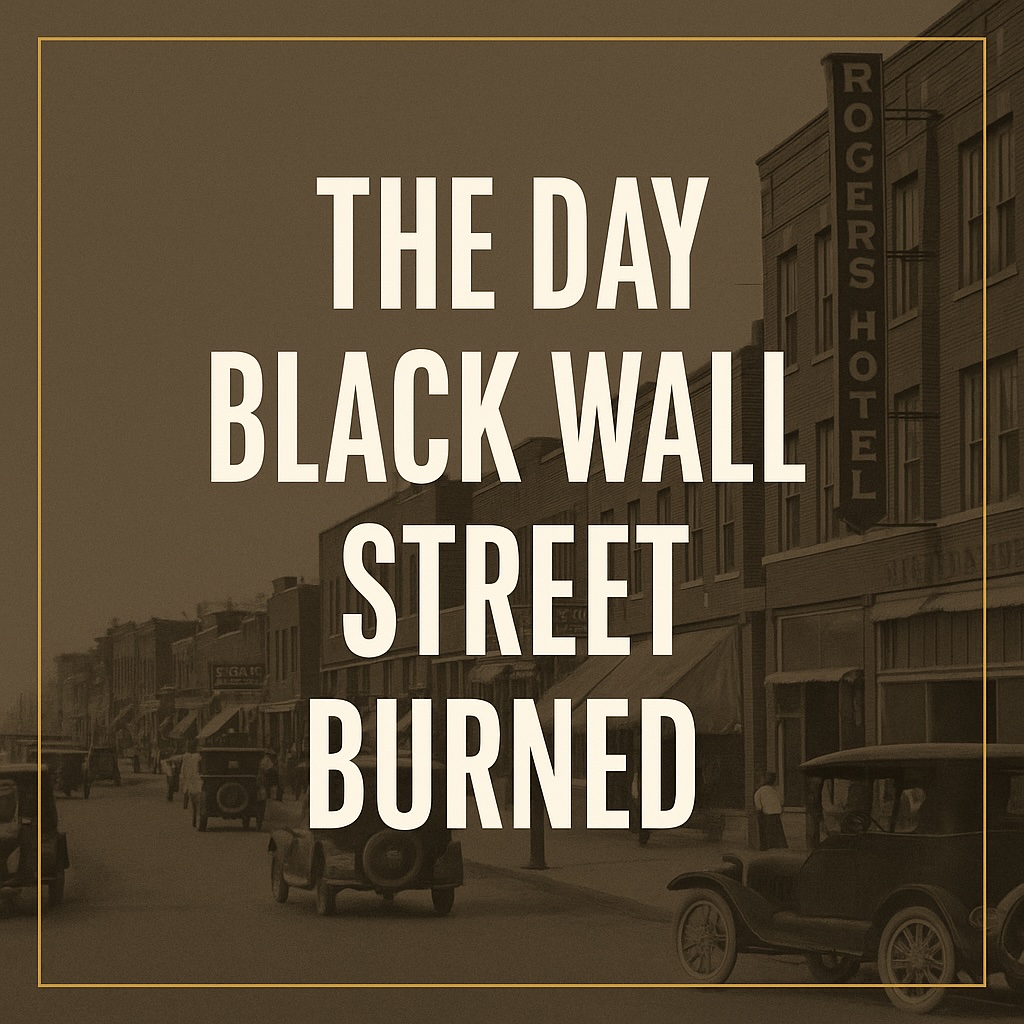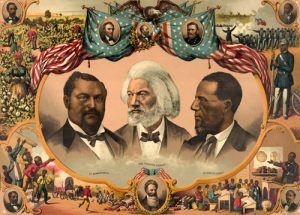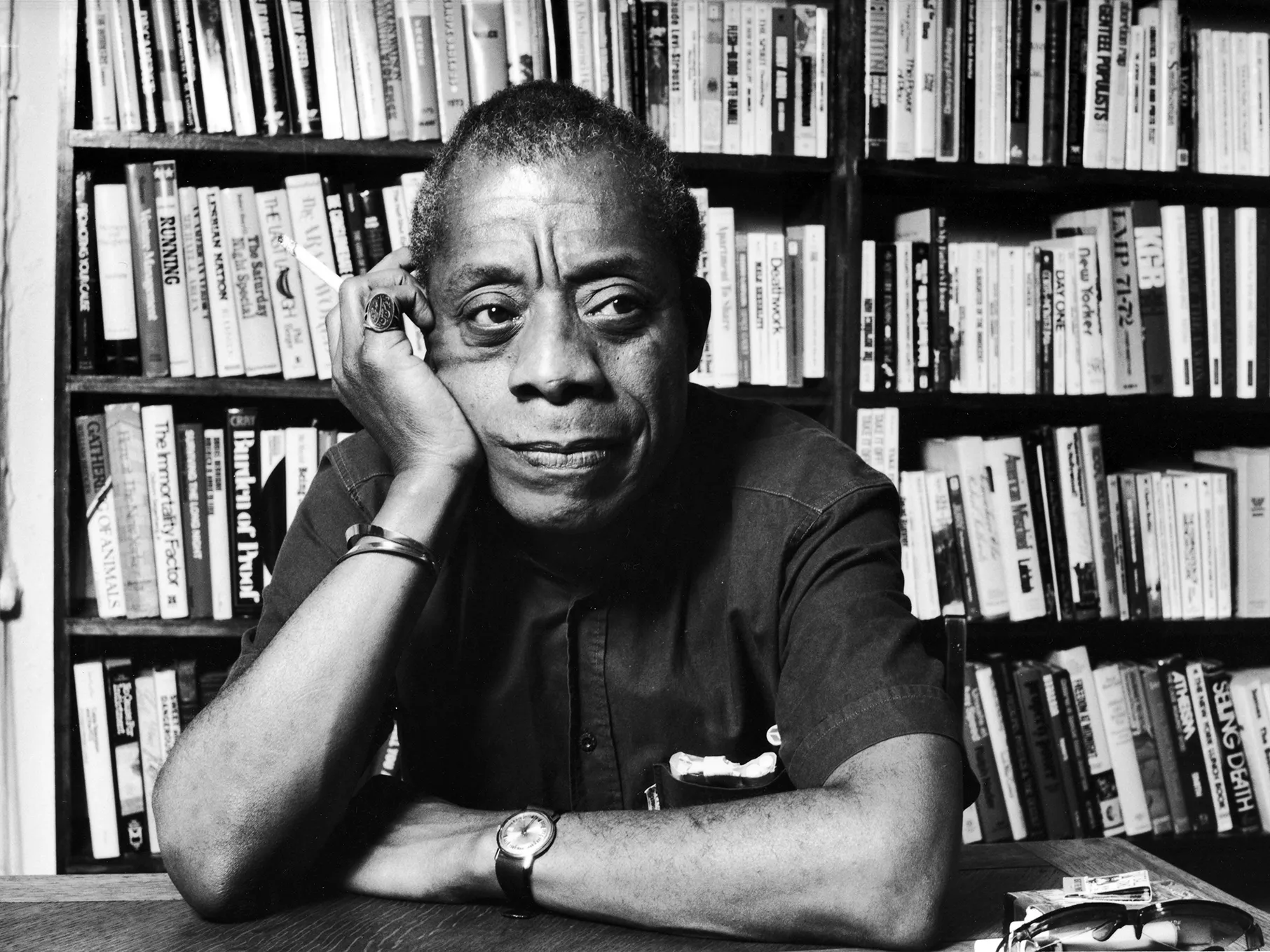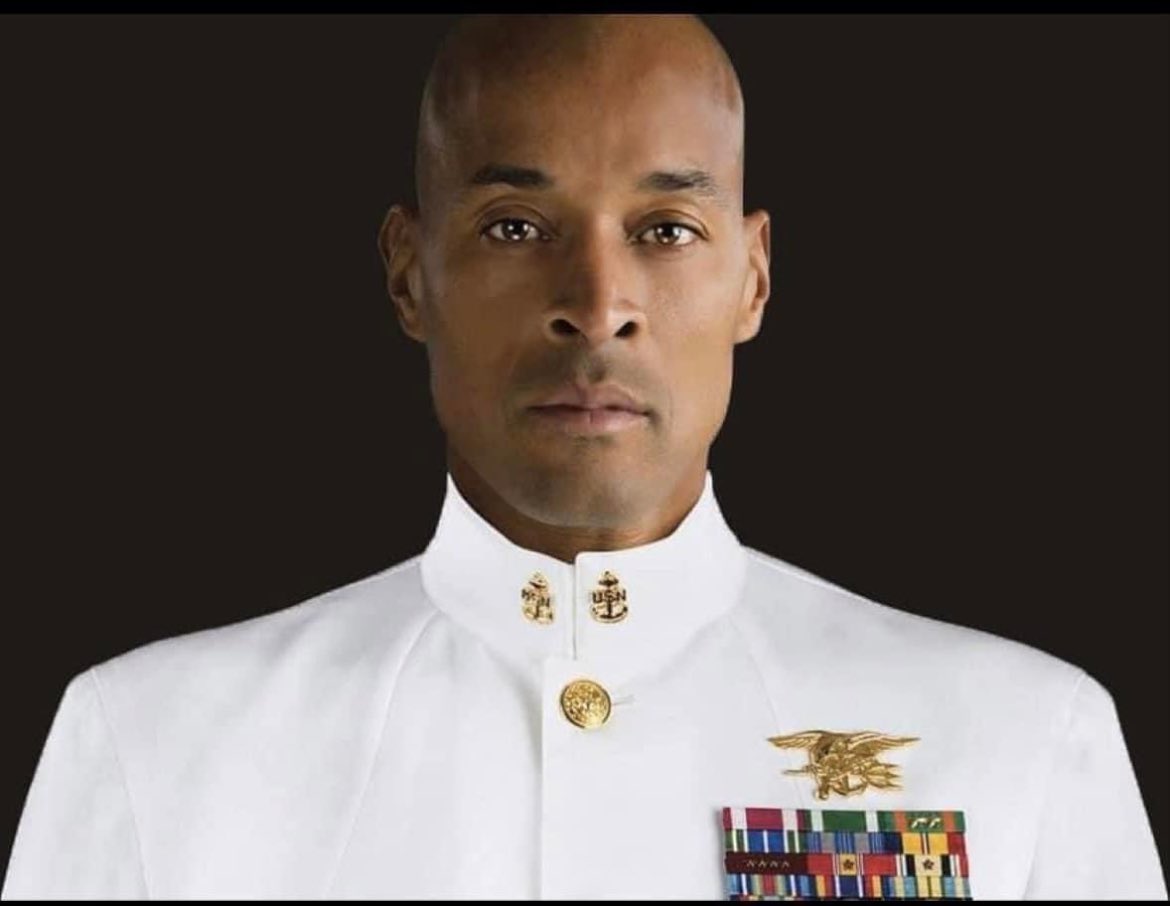The Tulsa Massacre: The Day Black Wall Street Burned
Discover the untold story of the 1921 Tulsa Race Massacre — when Black Wall Street was destroyed in one

A Prosperous Dream in Greenwood
In the early 1920s, the Greenwood District of Tulsa, Oklahoma, was a thriving hub of Black excellence and economic power. Known as Black Wall Street, this community boasted over 600 Black-owned businesses, from luxury hotels and theaters to banks, newspapers, and medical offices.
Greenwood’s economy was self-sustaining. The dollar often changed hands more than 30 times within the community before leaving it. Men in tailored suits, women in elegant dresses, children with candy from the corner store — Greenwood was a living example of what was possible for African Americans despite segregation and Jim Crow laws.
Booker T. Washington himself praised it, calling it “Negro Wall Street.” The residents called it home.
The Incident That Lit the Fuse
On May 30, 1921, Dick Rowland, a 19-year-old Black shoe shiner, entered an elevator in the Drexel Building to reach the “colored” restroom. The operator, Sarah Page, was a 17-year-old white woman.
The details of what happened remain unclear. Some say Rowland tripped and grabbed her arm to steady himself. Others believe it was a harmless exchange misinterpreted. But Sarah screamed, and by the next morning, the Tulsa Tribune had printed a story hinting at an assault — along with an editorial calling for Rowland’s lynching.
By nightfall on May 31, a white mob had gathered at the courthouse. Around 75 Black men, many of them WWI veterans, arrived to protect Rowland. An attempt to disarm one of them led to a gunshot. That single crack of gunfire would ignite one of the deadliest racial massacres in U.S. history.
The Night Greenwood Burned
What followed was nothing short of an organized assault. White mobs — some deputized by police — stormed Greenwood, looting businesses and setting them ablaze.
Eyewitnesses reported airplanes flying overhead, dropping incendiary devices. Survivors described it as “raining fire.”
By dawn on June 1, 35 city blocks were in flames. Over 1,200 homes were destroyed, and more than 10,000 residents were left homeless.
The official death toll was listed at 36, but survivors and historians believe the true number was well over 300. Many victims were buried in unmarked graves, some of which are only now being investigated and uncovered.
The Aftermath and the Cover-Up
Once the smoke cleared, survivors faced impossible odds.
- Insurance claims denied: Most policies had “riot” clauses, voiding payouts.
- City obstruction: New zoning laws prevented rebuilding.
- Historical erasure: The massacre was omitted from history books for decades.
A real insurance denial letter from 1921 reads:
“This company is not liable for any loss or damage caused directly or indirectly by invasion, insurrection, riot, or civil commotion.”
For generations, the massacre lived only in the whispered memories of those who survived.
Resurfacing the Truth
In the late 20th century, survivors began to speak publicly. In 2001, the Oklahoma Commission on the Tulsa Race Riot released a detailed report confirming the scale and severity of the destruction.
The 2021 centennial brought renewed attention. Documentaries, books, and ceremonies honored the victims and survivors, while calls for reparations grew louder.
Why Tulsa Still Matters Today
The Tulsa Massacre is not just a story of destruction — it’s a reminder of what Black communities can build, even under oppression, and how those gains have historically been met with systemic violence.
It’s also a call to action. If Greenwood could thrive then, imagine what can be achieved now with access to capital, land ownership, and community reinvestment.
Remembering and Rebuilding
They thought they could burn it out of the books, and out of our memories. But history has a way of resurfacing.
Tulsa is a mirror. When you look at it, you see what happens when a community rises… and what happens when fear of that rise turns deadly.
The question is — what will we build next, and how will we protect it?
Sources & Further Reading:
- Tulsa Historical Society & Museum
- Oklahoma Commission on the Tulsa Race Riot Report (2001)
- Library of Congress Archives

Holiday Spectacular: Liquid Late Nights — Hot Chocolate, Knicks & Predictions – Liquid Late Nites Network
- Holiday Spectacular: Liquid Late Nights — Hot Chocolate, Knicks & Predictions
- Philip Rivers' Comeback at 44? NFL Shocker
- Netflix vs. Paramount.: The Billion-Dollar Bidding War Unpacked
- Only in Florida: Gators, Meth Tales, and Crispy Winters
- Why Everyone Hates LeBron (But Shouldn’t): A Laker Homer’s Rant







